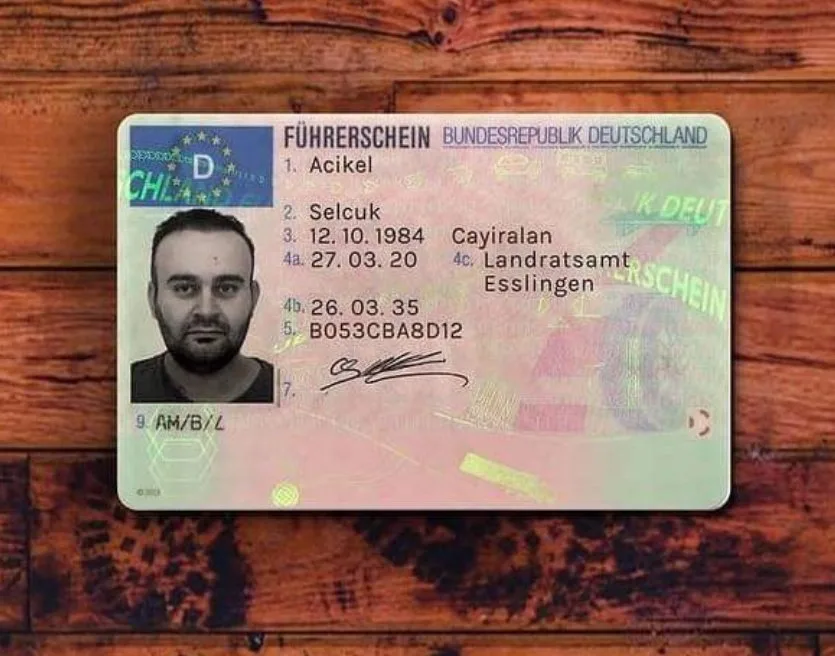Finding out to Drive Without a Test: Exploring Alternative Courses in Driver Education
In an age where benefit and innovation control the landscape of education and skills acquisition, the standard model of finding out to drive-- finishing an extensive test to make a driver's license-- has actually come under analysis. For many, the process of getting behind the wheel, studying hard, and passing both a composed and practical driving test can be daunting. However, emerging patterns and alternative techniques to driver education recommend that there might be methods to learn to drive without feeling the pressure of a formal testing environment.
Comprehending the Traditional Model
Typically, earning a driver's license needs potential chauffeurs to undergo a series of tests developed to evaluate knowledge and useful skills. These consist of:
Composed Test: This assesses understanding of the rules of the roadway, traffic signals, and safe driving practices.
Practical Driving Test: Applicants need to demonstrate their capability to operate a vehicle securely and in accordance with traffic laws.
While this model makes sure that all chauffeurs satisfy a minimum standard of competence, it can be a source of stress for many students. The worry of failure, combined with the logistics and expense related to testing, can deter people from getting their license completely.
Alternative Methods of Learning to Drive
Driving School Innovations: Many driving schools have actually started to provide more tailored education programs that allow students to find out at their own speed. These programs often consist of one-on-one guideline with accredited driving trainers who focus on structure self-confidence rather than pressing students to pass a test. Some contemporary driving schools even integrate online modules where learners can study the guidelines of the roadway in a more relaxed setting before stepping into the car.
Simulated Driving Experiences: Advances in technology have caused the production of advanced driving simulators. These can supply important experience without the risk of accidents. Learners can practice their abilities in various weather, traffic scenarios, and driving scenarios that they might not encounter in common driving classes. This hands-on approach to learning can improve a student's competence and confidence behind the wheel.
Peer-to-Peer Learning: Informal driving practice with buddies or relative can likewise work as a viable alternative to traditional methods. While this technique does not completely eliminate the requirement for formal testing, it permits people to get comfort and experience behind the wheel without the anxiety of a main evaluation. Family or friends can provide assistance and feedback, making the finding out process less challenging and more supportive.
Flexible State Regulations: Some areas are beginning to reconsider their necessary testing policies, especially for specific demographics, such as veterans or people with impairments. These modifications reflect a growing acknowledgment that life experiences and driving routines may not always line up with standard testing requirements. Advocacy for a more holistic technique to assessing driving skills is ending up being a subject of conversation in lots of legislative circles.
Personal Certifications: In certain locations, individuals may explore choices that focus more on mentorship and much safer driving behavior instead of conventional tests. please click the next webpage through community programs or acknowledged companies that back experiential learning might encourage safe driving while bypassing the standard testing route.
The Benefits and Drawbacks
While discovering to drive without an official test offers many possible benefits-- such as minimizing stress, promoting a more inclusive environment for students, and concentrating on competence over testing stress and anxiety-- it also raises concerns. Critics argue that getting rid of official assessments could result in disparities in driver readiness, possibly jeopardizing road security.

Furthermore, traditional testing serves not only as an examination of abilities, however as a standardized criteria that makes sure all motorists possess the essential knowledge to browse the roadways securely.
Conclusion
The landscape of driver education is developing. As alternative techniques of discovering to drive gain traction, striking a balance between flexibility and security is vital. While it is clear that there are avenues for learning to drive without the pressure of an official test, ensuring that all drivers keep a high standard of security should remain a top priority. In the future, we might see more tailored approaches to driver education that accommodate numerous learning styles, ultimately resulting in safer, more positive drivers on our roadways.
